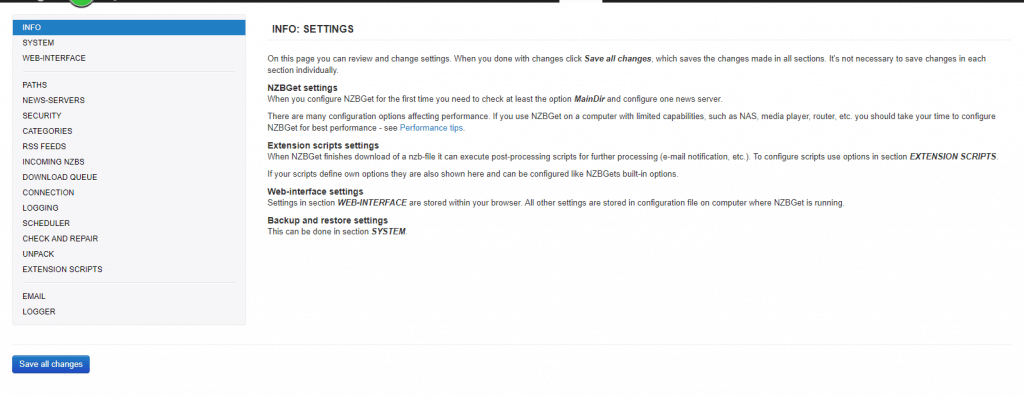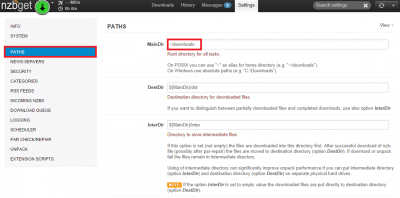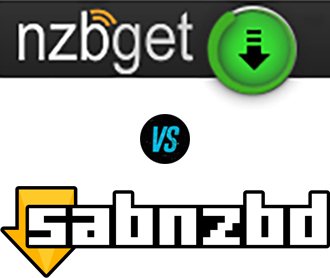

Plex uses many different ports to do everything it needs to do, so "host" mode will ensure that all required ports are available and mapped from the host machine to the container. Next, you'll want to choose a network type. Once the image has been downloaded, click "run container." Now it's time to configure the container.Īssign a name to the container. Note that clicking the "i" icon on the dialogue box will open the description and details page of the container, which is nice to have open for reference. This container is packaged as a standalone Plex Media Server.įind the Linuxserver/Plex container by searching for "Plex" in the search bar on the Docker plugin. Plex organizes video, music and photos from personal media libraries and streams them to smart TVs, streaming boxes and mobile devices. Most Linuxserver containers options follow a standard pattern which you'll likely learn very quickly. Without proper configuration, they won't be able to see the media stored on your hard drives or connect to the internet, for example. I've never used the built-in repo, so I'm not sure if the setup of containers is any different there.ĭocker containers, by design, do not allow their running application to have access to anything that's not overtly specified. Personally, I find it easier to stay on the main tab and just search by name for what I'm looking for. You'll notice that the second tab of the Docker plugin page has a built-in repository for many of the plugins that this guide covers.
NZBGET DIRECTORIES DOWNLOAD
For each application you plan to run on your OMV machine, you'll need to download the image and then run a container of that image with specific options defined. I prefer to get the media serving applications running and set up first, then the programs that download, and finally, the automation programs that search for new media and send it to the download agents. Throughout the process, I will highlight any issues that I found and had to overcome, but it may be different for you depending on many different variables. Finally, I assume you'll forward any necessary ports in your router. I assume that any folders that will be accessed by Docker have the correct permissions. Again, I'm not an expert, and probably won't be able to troubleshoot any issues with getting the Docker plugin running.

I will also assume that you've already installed the omv-extras plugin for your version of OMV, you've enabled the Docker plugin repo, and installed and enabled the Docker GUI plugin.
NZBGET DIRECTORIES HOW TO
If they do, I will update the OP.Īnd, a few assumptions: I assume that you already know how to configure and use the applications once they are running, so I will not cover setting up the applications unless there are tweaks specific to using Docker. I hope that experienced users will point out any vulnerabilities my process may create, or suggest better or more secure, efficient ways to do things. You may find throughout this guide that I've done things in a simple way that may not be optimal.

If you want to explore different containers, the great thing about Docker is that you can try them without (much) concern of somehow negatively impacting the base OMV installation.įirst, some disclaimers: I am new to Docker. Also, they are generally updated every week. Linuxserver containers are widely used and issues will likely be well researched and documented, so we're using them for simplicity. Yes, there are probably (many) other containers available that may be better suited to your specific needs. This guide will walk you through setting up a complete media server using Docker containers provided by Linuxserver.io.

Luckily, they've provided OMV users the perfect framework that allows us to have a full-featured media server that's stable, efficient, and regularly updated: the Docker GUI plugin. However, maintaining and updating these plugins is a never-ending battle, and many of the developers don't even use these plugins themselves, so it can be tricky to troubleshoot and fix bugs. The good news is that OMV can perform all of these tasks! The development team has spent countless hours building plugins for services to fill these needs. They expect it to provide functions such as serving media to local or remote clients and downloading and organizing new content. Many new users of OpenMediaVault have selected this operating system because they want to run a media server.


 0 kommentar(er)
0 kommentar(er)
